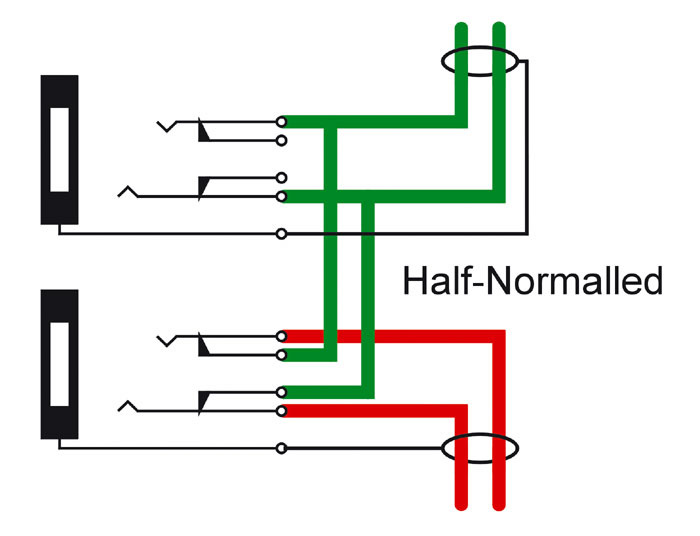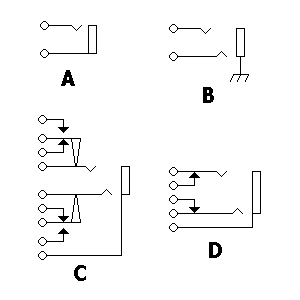80hinhiding
Well-known member
- Joined
- Sep 27, 2016
- Messages
- 97
.
80hinhiding said:I've been planning a passive audio mixer for the past week or so. I want it to color/smooth the tracks.
80hinhiding said:Hi Ian,
Wow thank youIf I introduce power to this mixer, some safe level of it for a beginner, can it be less of a noise box? I don't want to put a bunch of parts together and find the noise floor up under my noise.
I could compromise on the faders, and use a rotary pot if that would help. I would also be willing to use a 3 position switch for panning, hard left, center, hard right.
Originally I hoped to get tubes into the mix too, and I see you work with them. Very cool.
Adam
80hinhiding said:Excellent. I'll go that route Ian. Any particular transformers you could recommend that are good but aren't really expensive?
side: I tried wiring a single 1/4 jack for an insert test last night, and was just guessing at it. Came close, but not quite there. It's probably better to have two jacks anyway, but I am curious about the single jack configuration.
As a rule, input transformers are more expensive than output ones because of the screening and the core material type. You can skimp on these but there will be a performance hit. There are cheaper types about that are reasonably good. There's lots of threads here abouts on that topic.80hinhiding said:CineMag input transformers were priced a fair amount higher than the CineMag output transformers I was recommended.
I would prefer balanced inserts, but would like to understand the wiring for both. I'll continue testing tonight to see if I'll get it. Any tips or reference material would be appreciated as always.


For pots and faders I was considering Bourns PTS series. Is that overkill perhaps?
Adam
80hinhiding said:Actually I thought I had it. Still a problem with it. Thought it'd be a little more straight forward, and maybe I'm just frustrated. Will approach again later. The jack I have has four solder spots. Right jack?
80hinhiding said:There's a Tascam M224 mixer for sale locally for $100. Would some of the components be good for this DIY build? I don't know the difference between a Bourns PTS fader and one on that M224 board, as an example, because I haven't heard or worked with either.
This is an observation and gripe for probably 90% of the folks on this forum. You either gotta spend or compromise or get clever. Often there's a workaround but weather its comprising the quality or just as good (maybe even better) can be another obstacle.80hinhiding said:I'm discovering it's not so easy to find certain quality parts in low quantity. :S
80hinhiding said:Should I be considering only audio taper when it comes to potentiometers? I see some linear sliders, but I don't know if they'd work well for a mixer.
Adam
80hinhiding said:Thanks. The like button seems to be gone, but your response confirms what I was guessing at based on a couple experiments.
I'll have to figure out how to unbalance and then re balance.
Enter your email address to join: